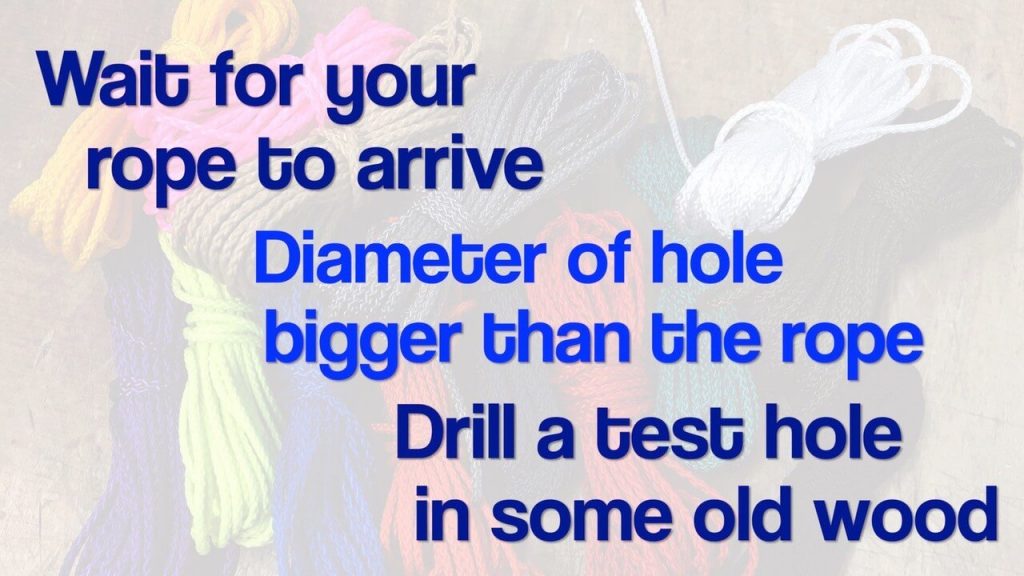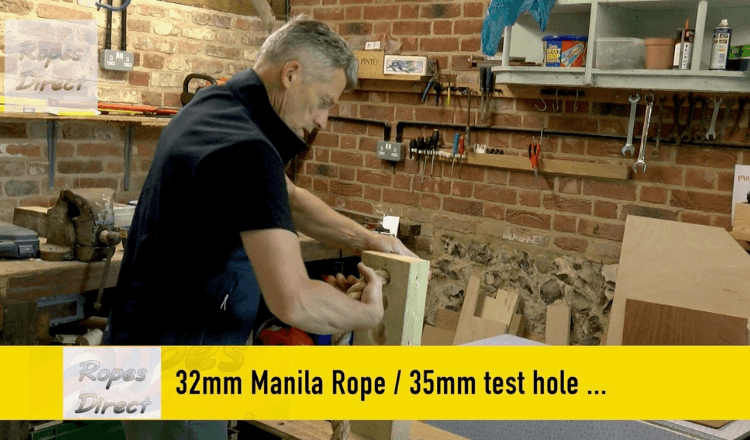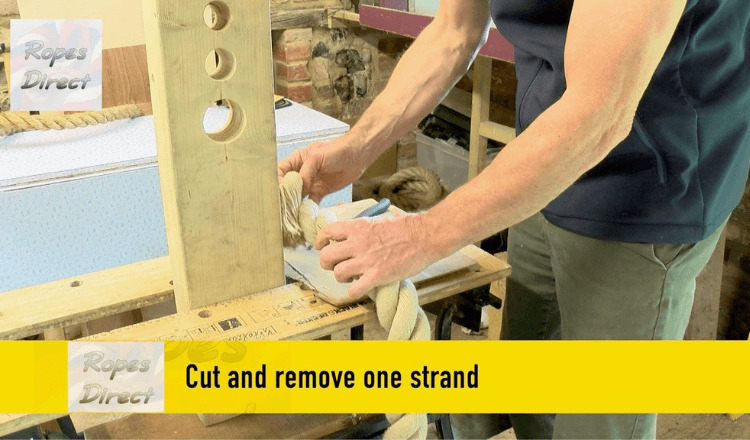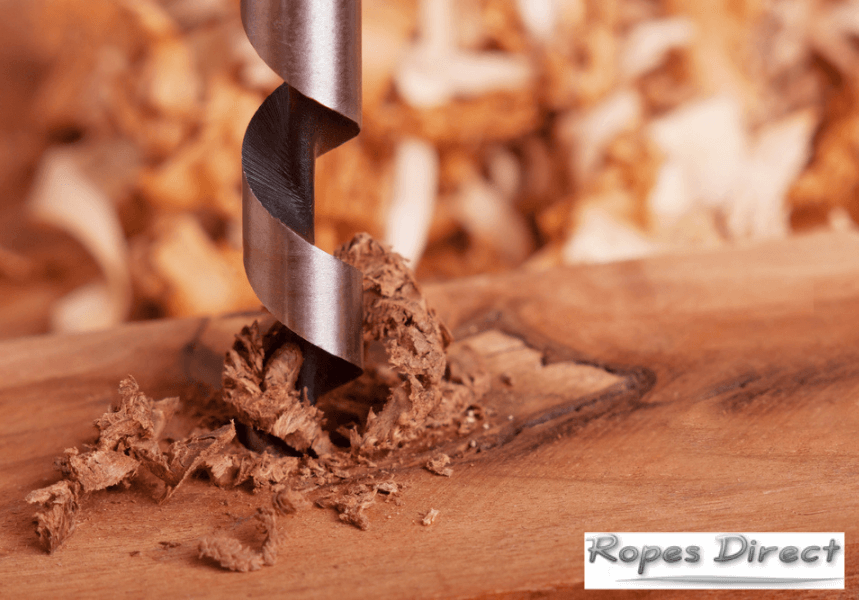Need to drill holes for rope to pass through?
Perhaps for decking or a new rope fence you wish to add to the garden?
It’s a relatively simple DIY job – but, when drilling post holes for the first time, it can be easy to drill a hole that’s not big enough.
Here we offer our advice on how to avoid this common error, and also, what to do if you’ve already drilled a hole that’s a little too tight. Before you grab the nearest drill bit, it’s worth having a read and be sure to watch our new tutorial video on post holes.
Caution is the key to success
When it comes to successfully drilling holes for rope, we have two key messages:
- Wait for your rope to arrive
Crucially, the diameter of the hole will need to be bigger than the diameter of the rope. It’s not as simple as drilling a 32mm hole for a 32mm rope. Therefore, as eager as you may be to get started, our advice is to be patient. It’s always better to be safe than sorry and you should wait for the rope to arrive before you begin drilling.
Here at RopesDirect, we normally deliver in 1-2 days, so you’ll be able to get going really quickly. Or if you live close by, you’re welcome to collect your order – on any weekday – from our warehouse in Norfolk.

- Drill test holes first
Once your rope has arrived, drill a few test holes – of varying diameters – in a spare piece of wood.
To the naked eye, a 35mm hole may appear big enough for your 32mm rope. But in reality, it may still be a little tight. Often, the rope will ‘bunch’ up as you push it through the hole – and, suddenly, feeding a 20m length through multiple wooden posts will become a laborious and time-consuming task.
We recommend drilling three or four test holes, increasing their diameter by 5mm each time. Then, simply attempt to push your rope through each and select the best one for your needs.

Post hole still too small?
If you’ve drilled a hole in your rope post without testing the size first, or your rope is bunching up – making it difficult to pass through – don’t panic. You may be able to resolve the issue, without having to make the holes bigger or needing to buy more wooden posts!
You just need to make one end of the rope thin enough to push through the hole, so the body of the rope can then be pulled through from the other side. Here we explain how:
Step 1: Bind the rope
Bind the rope using PVC electrical tape, approximately 30cm away from the end. Simply wind the tape around the circumference of the rope a few times, so that it holds the strands tightly together.
Step 2: Cut away one strand
Use a sharp knife to carefully cut one strand of the rope, just below the PVC tape. Unravel the strand and remove it from the rest of the rope. Then, bind the two remaining strands using PVC tape – both at the end and where the rope was cut.

Step 3: Pass the rope through
Push the thin end of the rope into the hole and then pull it from the other side. It should now pass through smoothly, without any bunching or tension.
Finally, you will need to cut off the two strands and tidy up the end of your rope.
If it’s a synthetic rope, you can heat seal it or apply a knot. If it’s made from natural fibres, you can bind the end with PVC tape or whip it using a whipping twine. Or you can add a brass fitting. The choice is yours.
For more information on how to do this, be sure to take a look at our previous posts ‘Cutting ropes – a step-by-step guide’ and ‘How to apply heat set end caps’. It’s also worth visiting our YouTube channel, which has further useful video tutorials to help.
Drill your rope fence posts like a professional
Whatever the nature of your project, if you need to drill holes for rope – whether that be in rope fence posts or any other piece of wood – our message is the same. Wait until your rope arrives and drill a test hole first. That way, the job will be easier, you’ll achieve fantastic results and you can enjoy your DIY for many years to come.
We have everything you need to get the job just right, here at RopesDirect – including a comprehensive range of ropes, rope tools and accessories, and rope end finishes. So, why not have a go and let us know how you get on?
If you manage to drill post holes like a professional, we’d love to see your handiwork. We’ll even post your photos on social media, for other customers to see just how easy it is when you know how.

